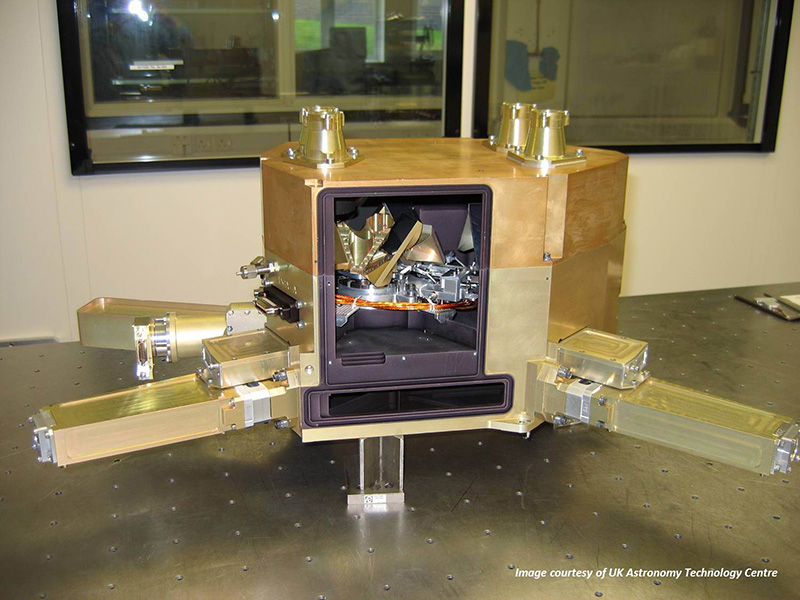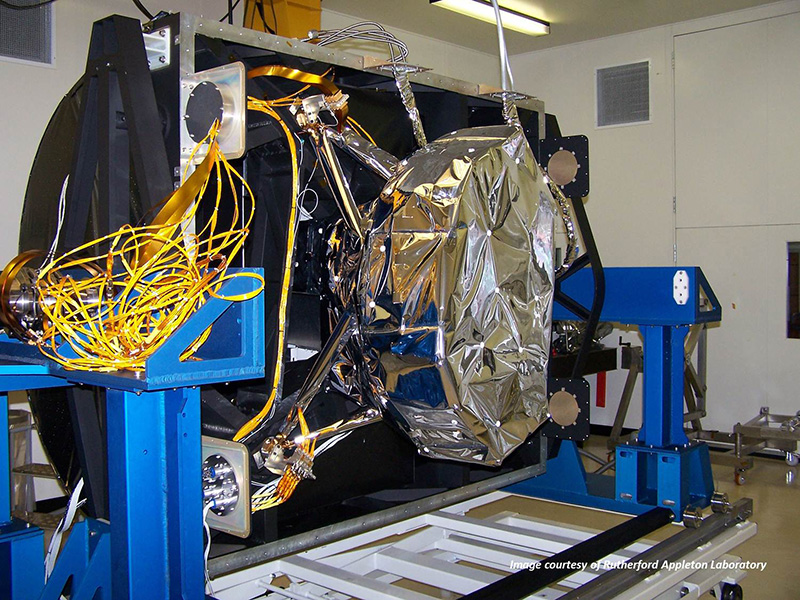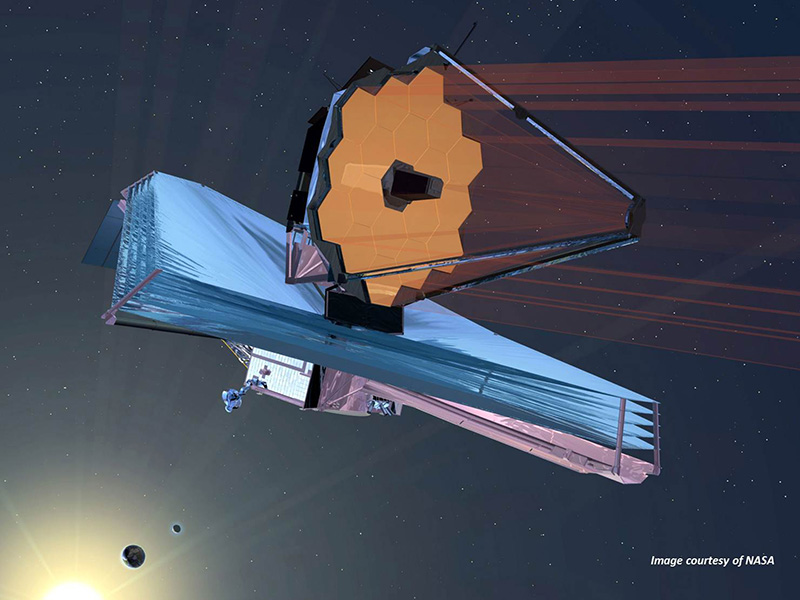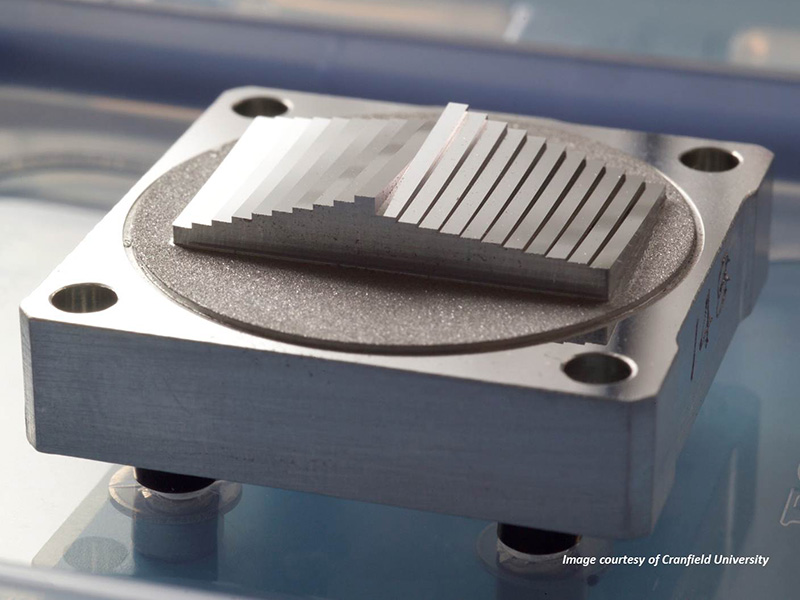Project summary
This project was a design, development and supply contract for the UK Astronomy Technology Centre (UK ATC) with regards to creating manufacturing and measurement technologies, and thereafter to supply the highly complex Mid Infra-Red Instrument (MIRI) spectrometer mirrors of the NASA James Webb Space Telescope (JWST) – the replacement of the Hubble Space Telescope.
Cranfield initially devised radically new ultra precision fabrication and measuring technologies for highly complex mirror arrays. These techniques were first applied to so-called ‘bread-board’ optics for the JWST MIRI instrument. Then after UK ATC approval so-called verification optics were made and tested for NASA/ESA approval. Finally, Cranfield secured the contract to apply these specialist methods and equipment for fabricating the flight and flight spares MIRI spectrometer optics.
Key results
- Cranfield made over 400 mirror surfaces for the NASA/ESA James Webb Space Telescope (JWST).
- Critically, these highly complex mirrors for NASA’s JWST were produced on a world leading ultra precision machine that was designed and built at Cranfield by its leading precision engineering academics and engineers.
The Precision Engineering Institute at Cranfield University is an established space optics supplier for highly complex systems. There are perhaps only 2 or 3 precision engineering facilities in the world that could make and certify the MIRI spectrometer optics for NASA/ESA’s James Webb Space Telescope. More of the mirror surfaces have been made by Cranfield than any other single facility.
As a result of this project NASA issued a “Significant Achievement Award” in March 2013 to Mr Alan Heamue, a technical officer based in the Precision Engineering Institute for his significant contribution to the project. Read more here
This research was funded by NASA and the ESA through the UK Astronomy Technology Centre between 2003-2008.
Contact Professor Paul Shore




